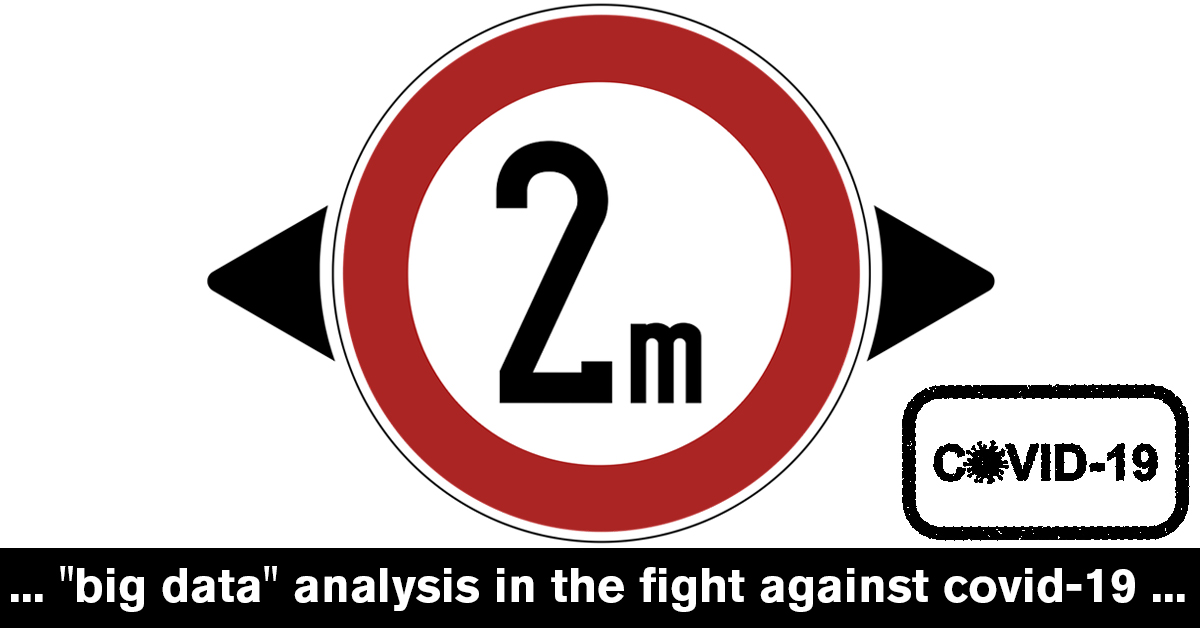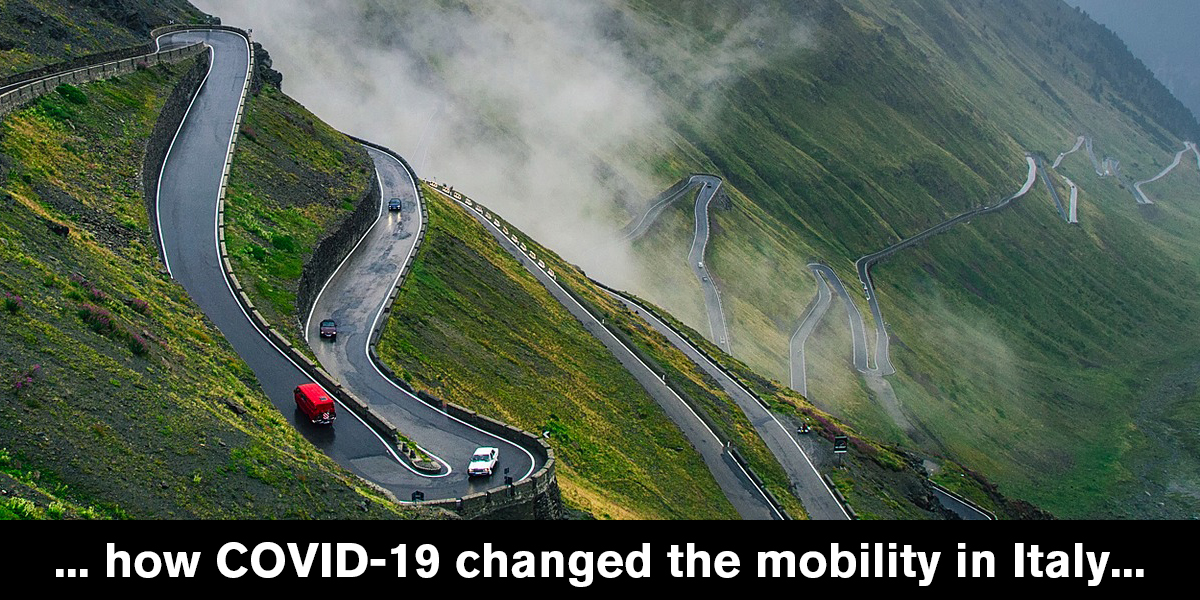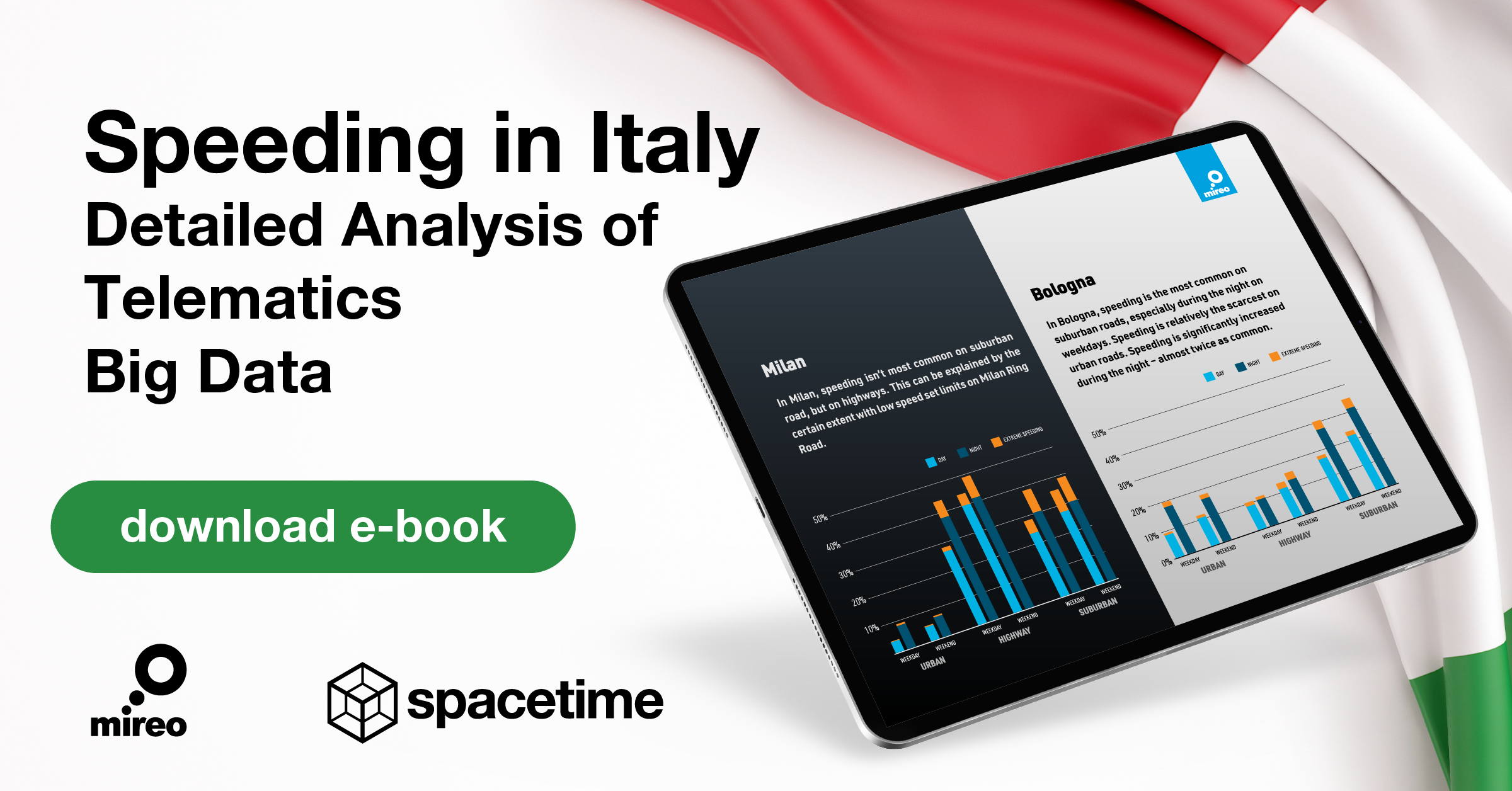
In these dramatic days of the COVID-19 virus emergency, governments and institutions are considering using Big Data analysis to combat the spread of the infection. In this phase of the COVID-19 infection, many authorities are working to define rules and methodologies to manage the so-called Phase 2 that await us when the lockdown measures currently in force are gradually relaxed allowing us to return to normal life within a reasonable timeframe while preventing new waves of infection outbreak.
Big Data from mobile telephone networks
Mobile network is one of the best possible data sources of Big Data allowing to trace the movement of people across a given area. However, this type of data, the use of mobile network cells and/or GPS positions collected via mobile apps are by nature difficult to be indexed and processed with efficiency when applied to tens of millions of mobile terminals. This kind of data is distributed highly non-uniformly, which means that the back-end storage system receives a very large amount of data from urban areas, while at the same time there are large geographical areas with a small number of incoming records.
This presents a great problem for the modern geospatial database systems and results with extreme performance penalties, even when trying to produce a rather simple report. For instance, when trying to divide the area of Italy to the fixed size grids (for example 10x10 meters) and then trying to count a number of different mobile phone manufacturers in each grid with a dataset of only 10 million records, the current systems used by mobile application providers or by operators take more than 1 hour to produce the results.
A practical application examples
Authority needs to understand with whom the infected person has been in contact with during the incubation period of the disease. Given the number of users of mobile telephone networks and mobile apps providers collecting GPS positions, this type of analysis will require processing thousands of billions of records from the database. Furthermore, for this analysis to be useful, results should be available almost real-time. Otherwise, the appropriate countermeasures cannot be promptly implemented.
How Mireo can help solving this issue
Mireo SpaceTime is three orders of magnitude faster than current state-of-the-art systems and produces such a report within 3 seconds. That said, Big Data analyses of space-temporal data powered by Mireo SpaceTime enable service bases on the use of mobile network cells and/or GPS positions collected via mobile apps to evolve from reactive to proactive. SpaceTime comes with a custom report engine, so only the sky is the limit when it comes to producing new reports of interest to authorities, or when it comes to producing a real-time notification about potential risk situations. Check more about Mireo SpaceTime.


